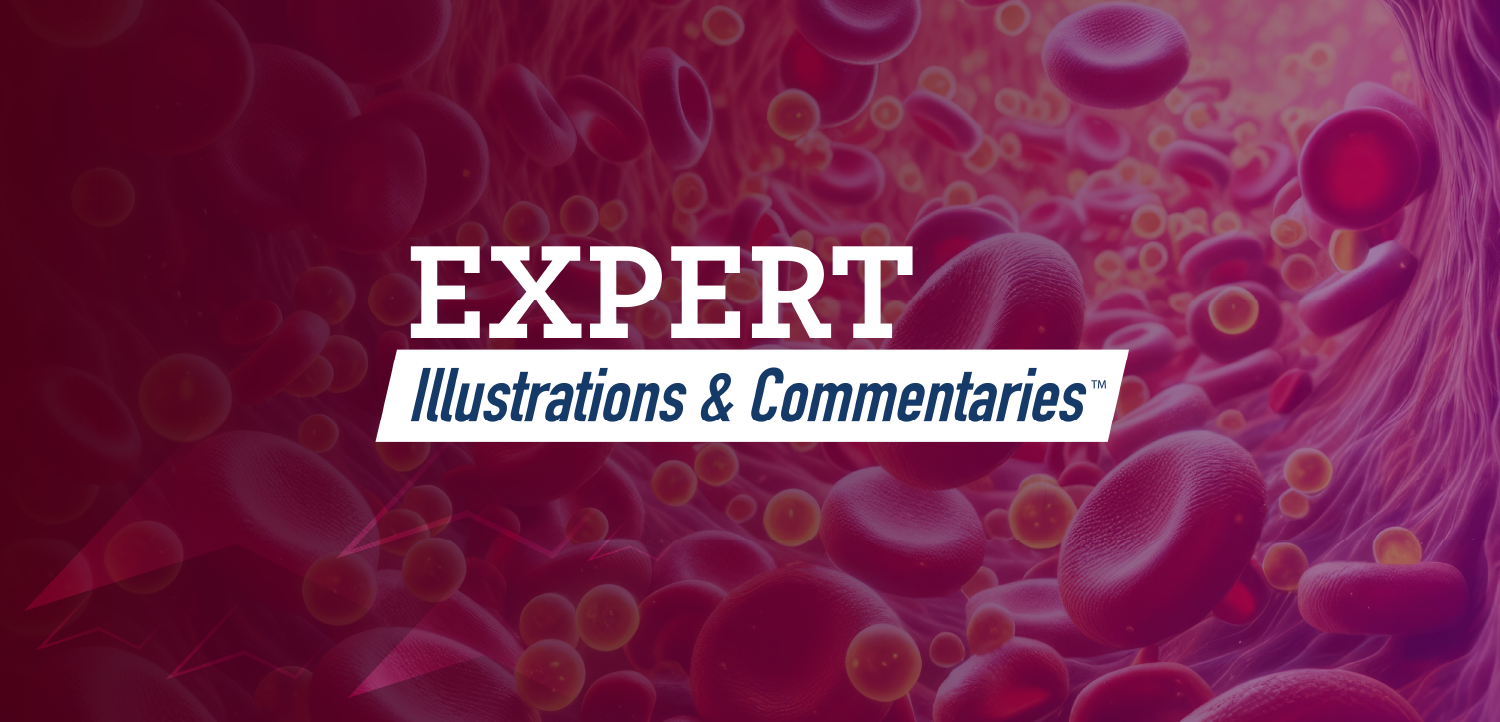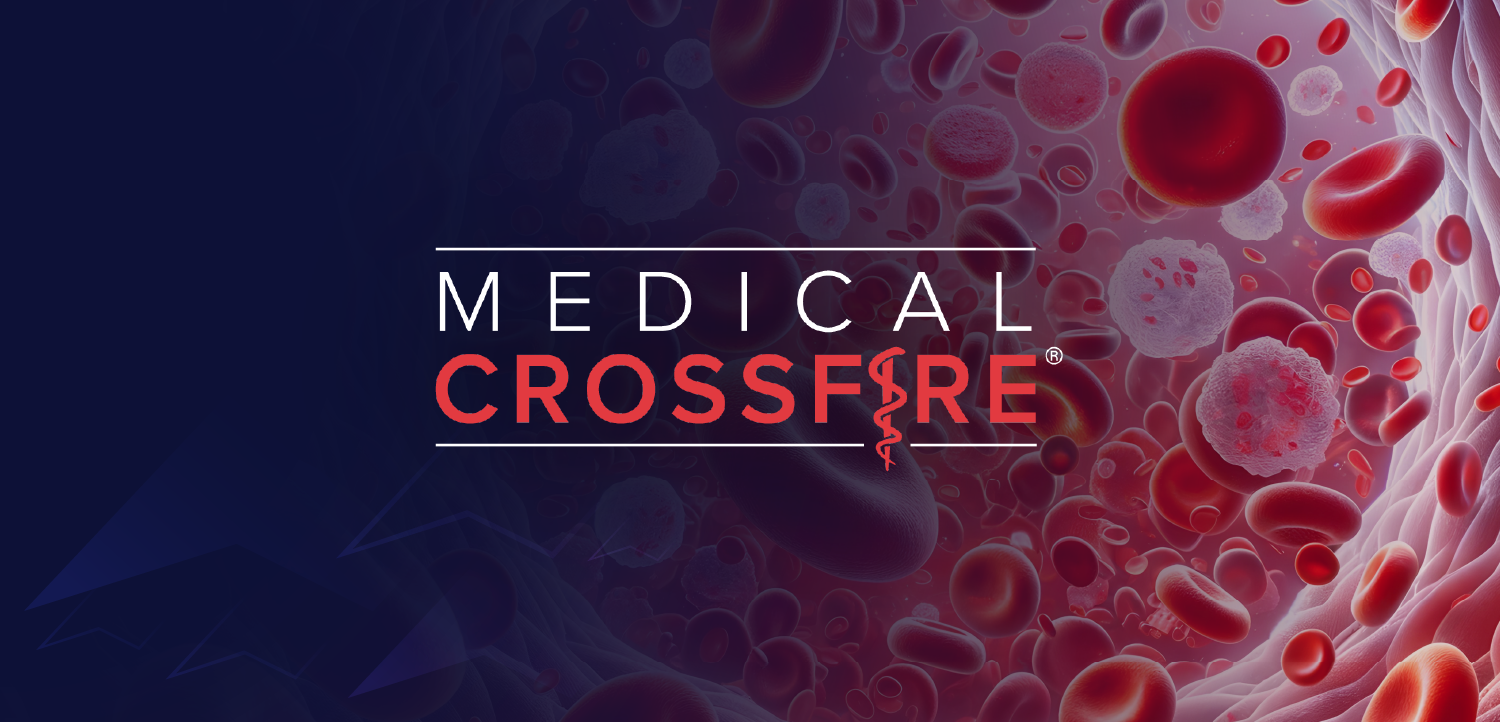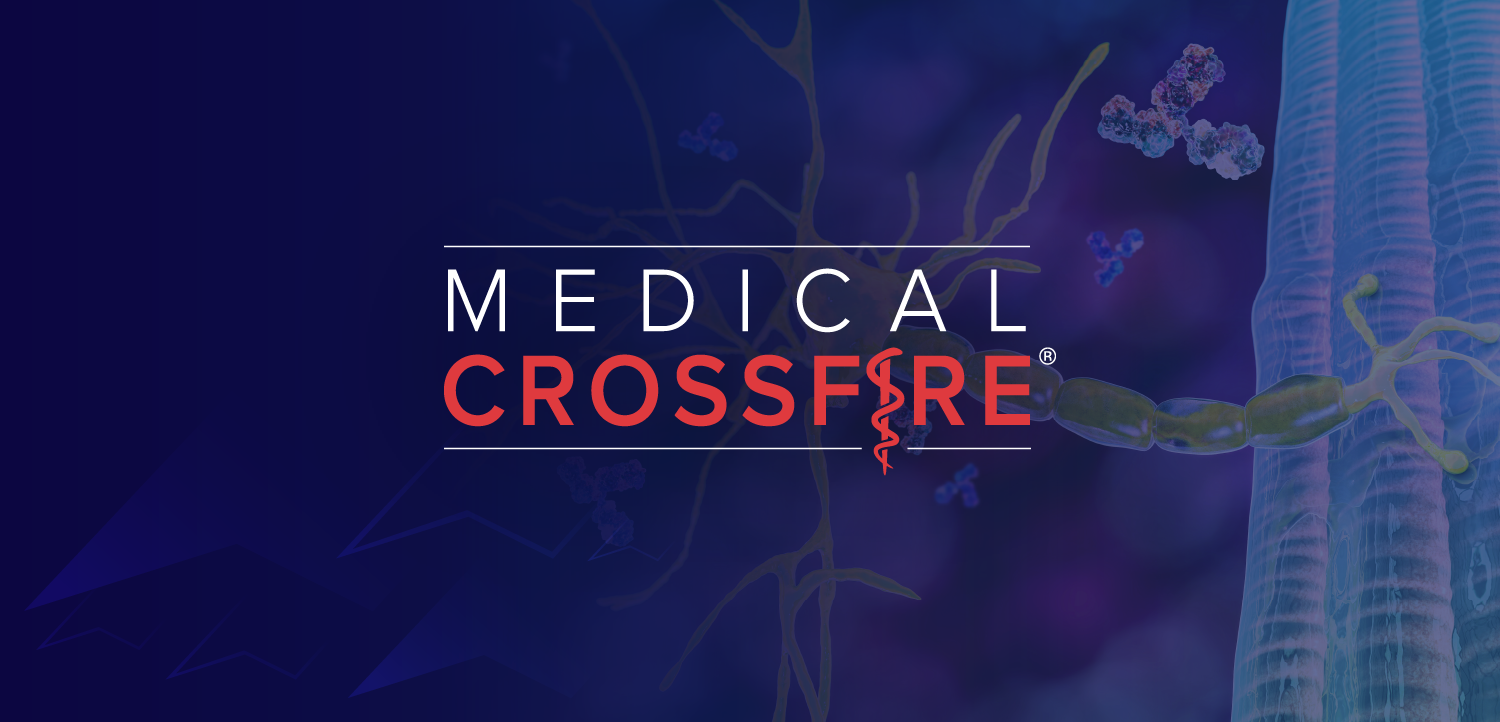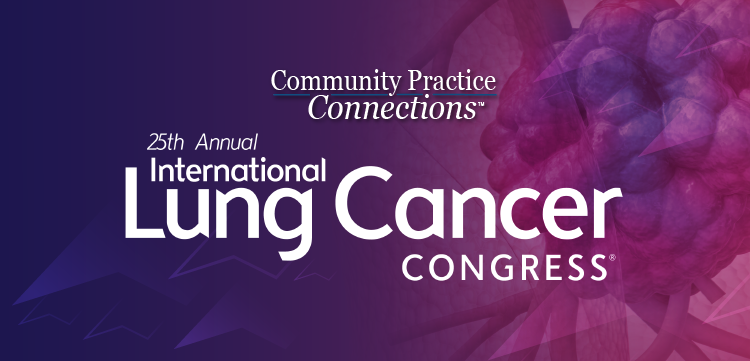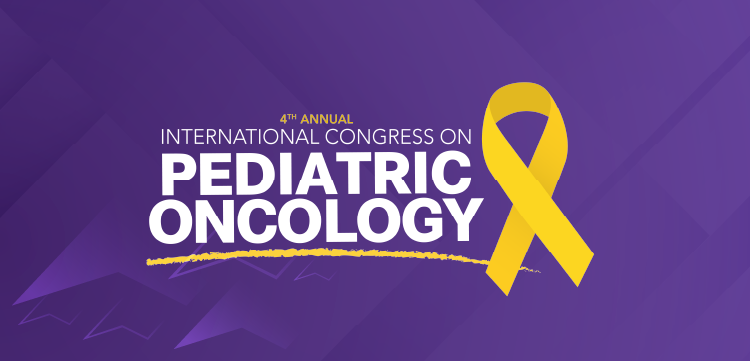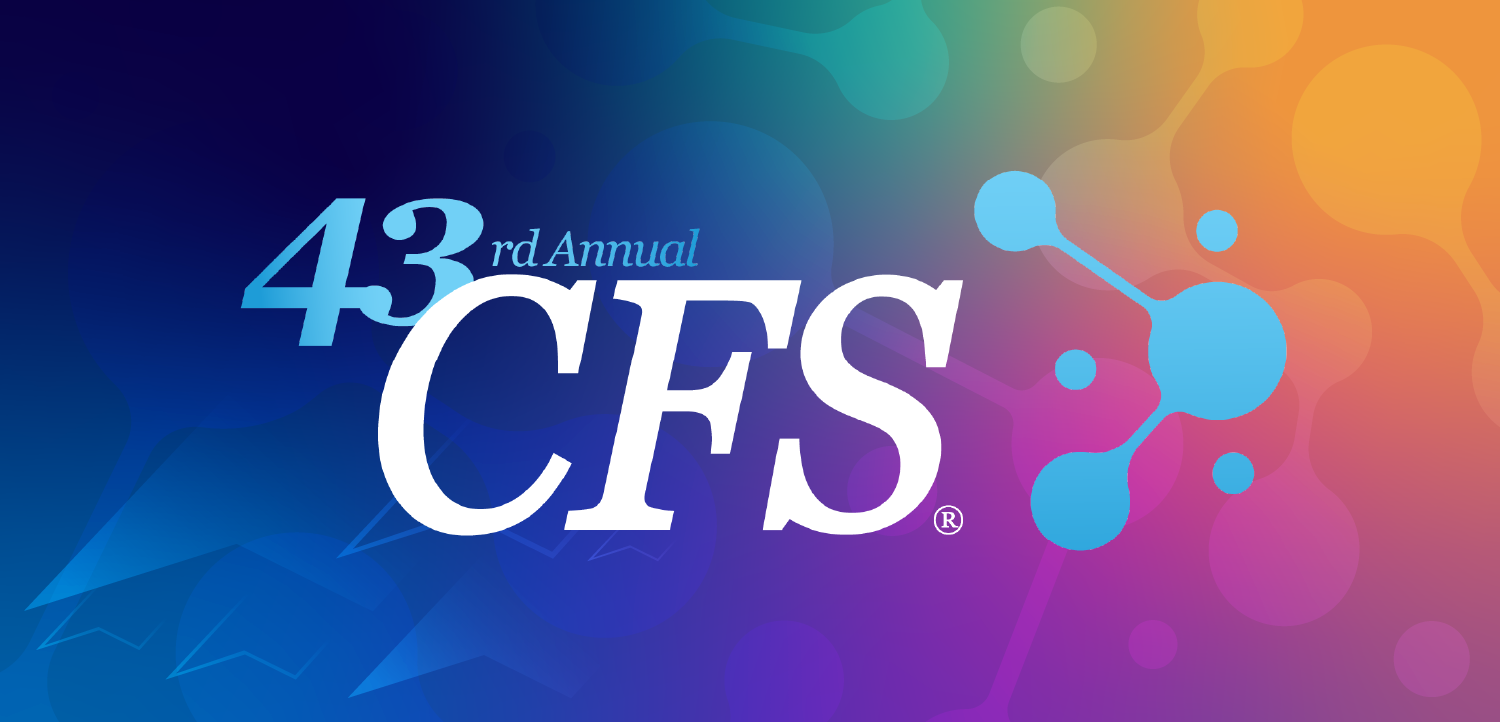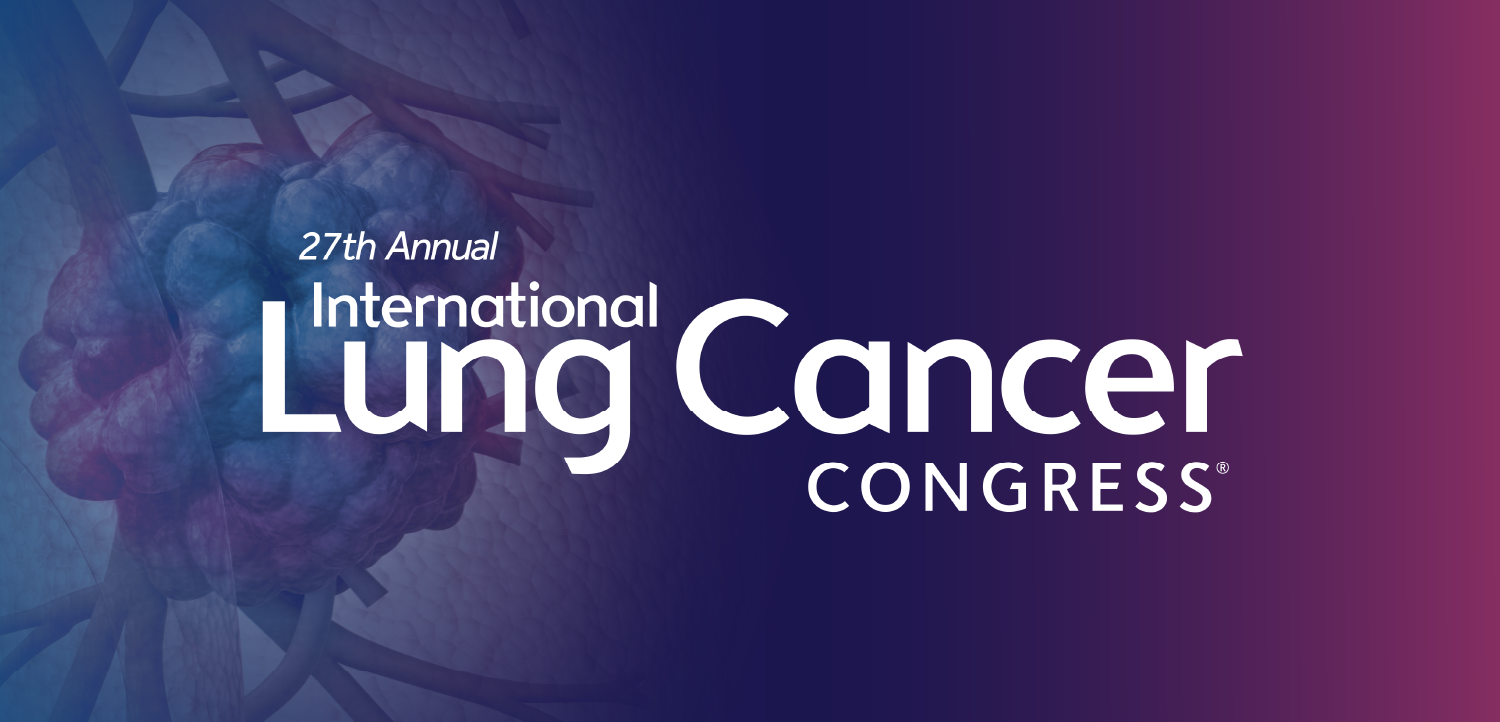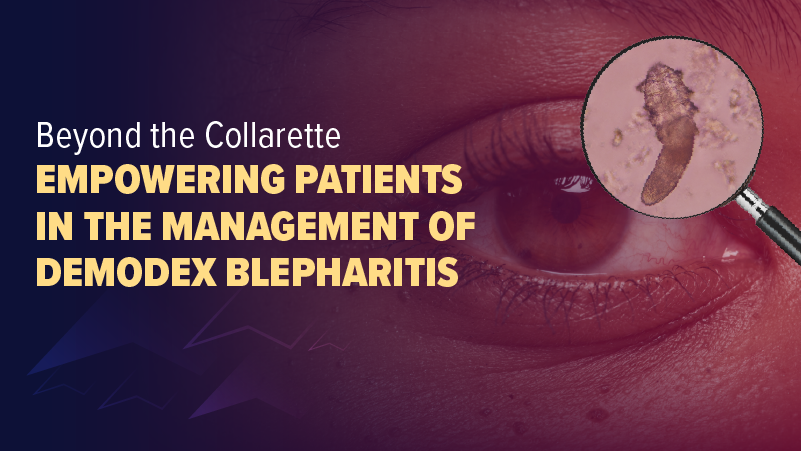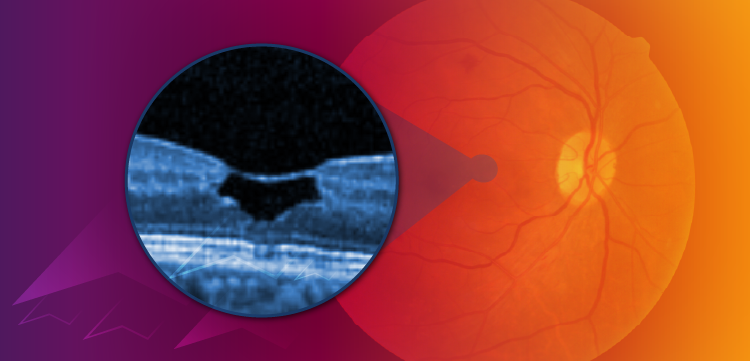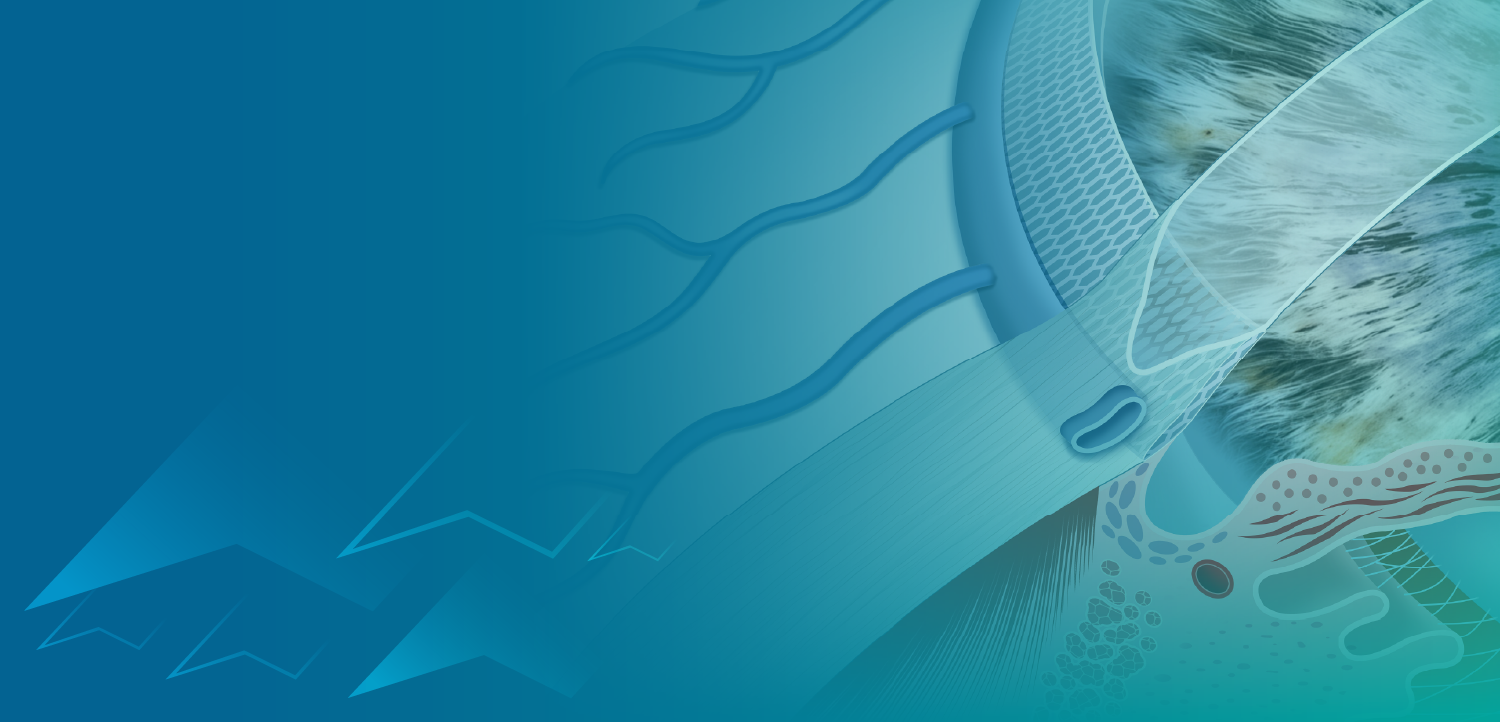
When We Say "OX40 Inhibition," What Do We Mean? Emma Guttman-Yassky, MD, PhD, Explains
EADV 2025: Guttman-Yassky has great confidence in the future of agents that block the OX40 pathway, suggesting that they have the potential for disease modification.
"What does it mean to target OX40 and the OX40 ligand pathway?" Emma Guttman-Yassky, MD, PhD, phrased the question like the veteran dermatology professor and researcher that she is, during a recent interview with Patient Care.©
Guttman-Yassky was in Paris for the 2025 European Academy of Dermatology and Venerology Annual Meeting, held September 17-20. She and colleagues were presenting recent data on the OX40 inhibitor rocatinlimab for the treatment of atopic dermatitis from the phase 3 ROCKET clinical trial program, under the auspices of rocatinlimab codevelopers, Amgen and Kyowa Kirin.
The therapeutic landscape for moderate-to-severe AD has evolved rapidly and significantly in the last decade as targeted therapies have been successively approved and marketed. They include dupilumab (IL-4 receptor antagonist), IL-13 inhibitors (tralokinumab, lebrikizumab), and JAK inhibitors (upadacitinib, abrocitinib, baricitinib).1-3 These agents have become guideline-recommended first-line systemic treatments, providing superior efficacy and safety compared to conventional immunosuppressants.4
There is still a significant unmet need, however, for treatments that can deliver sustained remission and potentially modify the atopic dermatitis disease course. The majority of treatments typically reach maximum efficacy by 12-16 weeks with disease returning quickly when they are stopped. This fact has helped illuminate research into the persistence of underlying immunological memory that drives AD pathogenesis.5
This has led to investigation of the OX40-OX40L costimulatory pathway as a novel therapeutic target. As Guttman-Yassky explains in the short video above, OX40 (CD134) is a member of the tumor necrosis factor receptor superfamily expressed on activated T cells, particularly memory T cells, while OX40L (CD252) is expressed on antigen-presenting cells and other immune cells.6The OX40-OX40L interaction provides critical costimulatory signals that promote T-cell activation, proliferation, and survival, with particular importance in maintaining memory T-cell responses.7 In people with atopic dermatitis, this pathway is dysregulated, and elevated expression has been observed in skin lesions and in peripheral blood.8
The therapeutic mechanism underlying OX40-OX40L inhibitors is fundamentally different compared to the current novel biologic therapies, Guttman-Yassky said. It doesn't block downstream cytokine effects or intracellular signaling cascades. The inhibitory mechanism targets upstream costimulatory signals required for T-cell activation and memory formation.9This mechanism potentially offers disease-modifying capabilities through effects on immunological memory—the cellular basis for disease persistence and recurrence at consistent anatomical sites.
Two strategies are being investigated: OX40 receptor antagonism (rocatinlimab, telazorlimab) and OX40L inhibition (amlitelimab). Phase 2 trials have demonstrated promising efficacy with suggestions of continued improvement over extended periods and potential for sustained responses after treatment cessation—characteristics that distinguish these agents from current therapies.10,11 In the video above, Guttman-Yassky briefly explains the mechanistic rationale for OX40 inhibition and its potential to transform AD management from chronic disease control toward disease modification.
The following transcript has been lightly edited for style and flow.
Patient Care: Would you explain the mechanism of OX40 inhibition?
Guttman-Yassky: What is this pathway? Right? What does it mean to target the OX40ligand pathway? So, the way I like to think about it in a simplistic way, OX40 is a receptor on memory cells, memory T cells, and these are the cells that have the memory a of the disease. So usually when we apply a topical or we take some systemic medications, when we stop the treatment, the disease is coming back. And typically, it's coming back to the same location. Why is that? Because of these memory cells. So, targeting this pathway, what should we expect? We should expect that maybe when we stop the drug, there will be longevity of response. So, it's that idea of disease modification. Now it's possible that the responses will be a little bit slower because we target it a little bit indirectly, but there will be a lot of benefit, because eventually it may have some benefit of disease modification, and that hint of disease modification was seen in phase 2. And while I'm very impressed with the results of this phase 3 study, both the monotherapy and the one with topical steroids, and this is very important, we see still the slope a of the improvement going up at week 24 so this class of drugs will not be judged by week 24, I think a unlike the dupilumab and the IL-13 antagonist, that usually at week 16 they reach the maximal efficacy. This does not reach maximum efficacy at week 24. I bet this will happen at 36 weeks or 48 weeks. You know, I think this drug may need a little bit extra time for the maximum efficacy, but once you reach the efficacy, I think there will be maintenance of response that I'm sure we'll be able to appreciate from the study design. So I'm very excited about this class of drugs and what they are bringing.
References
Langan SM, et al. Atopic dermatitis. Lancet. 2020;396(10247):345-360.
Simpson EL, et al. Two phase 3 trials of dupilumab versus placebo in atopic dermatitis. N Engl J Med. 2016;375(24):2335-2348.
Davis DMR, et al. Guidelines of care for the management of atopic dermatitis in adults with phototherapy and systemic therapies. J Am Acad Dermatol. 2024;90(2):e43-e56.
Eichenfield LF, et al. Guidelines of care for the management of atopic dermatitis in adults with phototherapy and systemic therapies. J Am Acad Dermatol. 2024;90(2):e43-e56.
Müller S, et al. Treatment of atopic dermatitis: Recently approved drugs and advanced clinical development programs. Allergy. 2024;79(3):576-608.
Croft M, et al. The significance of OX40 and OX40L to T-cell biology and immune disease. Immunol Rev. 2009;229(1):173-191.
Bullock K, Richmond P, McCann L. The role of OX40 ligand/OX40 axis signalling in atopic dermatitis. Br J Dermatol. 2024;191(4):488-496.
Zhai Y, Su J. OX40 in the pathogenesis of atopic dermatitis—a new therapeutic target. Am J Clin Dermatol. 2024;25(3):447-461.
Guttman-Yassky E, et al. Anti-OX40 biological therapies in the treatment of atopic dermatitis: a comprehensive review. Biomedicines. 2024;12(11):2543.
Silverberg JI, et al. Phase 2b randomized trial of OX40 inhibitor telazorlimab for moderate-to-severe atopic dermatitis. J Allergy Clin Immunol Glob. 2024;3(1):100191.
Nakagawa H, et al. Phase 2b randomized clinical trial of amlitelimab, an anti-OX40 ligand antibody, in patients with moderate-to-severe atopic dermatitis. J Allergy Clin Immunol. 2024; [Epub ahead of print].
Newsletter
Enhance your clinical practice with the Patient Care newsletter, offering the latest evidence-based guidelines, diagnostic insights, and treatment strategies for primary care physicians.





















































































































































